I have another Cirrus Vision Jet G2 review in Twin & Turbine – April 2019 as well as my article on Cirrus’ autoland capability in the December 2019 issue of Twin & Turbine
Enjoy my other aviation articles in Twin & Turbine, and other publications (AIN, COPA, MMOPA)
The True Vision
My left hand instinctively grasped the side control, the battery switches were directly in front of me, the flaps selector easily accessible, and my right hand dropped down to control the power. I wasn’t in my SR22, I was in the left seat of N149VB, the Cirrus Vision Jet G2, with Matt Bergwall, director of Vision Jet Product Line in the right seat at Knoxville airport (KTYS).
I had first seen the Vision Jet (then named The Jet) in Duluth during the unveiling in 2007 as an initial position holder. It was great to now have the opportunity to fly Cirrus’ latest aircraft. The first Vision Jet was delivered in December 2016 and now over 160 have been delivered, and over 250 pilots trained.
Th G2, released in December 2018, is now RVSM-certified and has a 31,000 feet service ceiling which provides an additional 100 nm of range. This higher ceiling was achieved by FADEC changes to the Williams International FJ44-5A, as well as improved pressurization. Their newest jet also includes additional cabin noise attenuation, optimization of the bleed air environment system, additional interior options, removal of small vortex generators called boundary layer energizers (BLE), and an updated Garmin G3000 avionics suite with auto throttle and enhanced auto pilot. These are significant changes for a jet that was released just two years prior.
As Cirrus owners, we know that Cirrus not only installs the latest technology but also maximizes the capabilities. The upgraded G3000 avionics in the Vision Jet G2 is no exception. Not only are they taking advantage of the higher speed processors and graphics chips, they added new features such as an upgraded auto pilot and FMS-integrated auto throttle.
With the G2, Cirrus also introduced Mid Continent’s TrueBlue lithium ion batteries. It was a significant enhancement; resulting in an increase in useful load and allowing pilots a substantially lower start temperature and reduction in battery maintenance.
Preflight
Opening the cabin door to start the pre-flight inspection you are greeted by a well-designed cabin, in the spirit of other Cirrus aircraft. The cabin is very roomy and easily configurable, and with a large number of seating configurations that can accommodate cargo, and passengers alike. With seats that are easily removable, my first vision was loading mountain bikes that my wife and I take in our SR22 and Eclipse. It is easy to remove two seats, load up the bikes and go!
When you turn on the battery switches during the cockpit pre-flight check, you also activate a timer for the battery heaters. The battery heaters help enable the lower battery start temperatures. Once you complete the cockpit pre-flight and turn off the batteries, the timers continue to be active for 4 minutes.
As you walk around the plane for the exterior pre-flight, you notice similar features to the latest models of other Cirrus aircraft, including Beringer brakes and wheels. The nose wheel retains the Cirrus preference for castering which I found extremely responsive, even in tight spaces on initial taxi, probably even better than the SRs. Instead of inspecting the cowl of the Continental engines in the SRs, you climb up on the wing to check the fuselage mounted Williams FJ44-5A engine.
The Vision Jet features a large aft baggage compartment, and its proximity to the engine results in residual heat that helps keep the area warm. The extended baggage area, and option on the first Vision Jet, is now standard on the G2.
As you progress to the inspect the large V-tail you see two strakes (ventral fins) below the ruddervators that offer increased stability. The ventral fins were not originally on the prototype and are similar to those on many other aircraft. In addition, the Vision Jet has both an automated stability augmentation system (SAS) and yaw damper (YD). The SAS is automatic and provides increased stability. The YD is activated above 400 AGL and adds additional yaw stability.
The Cabin Experience
The cabin for both the crew, and passengers, is extremely comfortable. While the initial Vision Jet had a well-designed interior, Cirrus developed an even more pleasing experience in the G2. An executive console with fold-out tables that fit between the middle row of seats is an available option. The aircraft can comfortably carry up to 5 adults, and two children in the rear side seats, dependent upon fuel load. The new 22 inch In Flight Entertainment (IFE) has an HDMI input port and could be used for any video feed, including a moving map from tablet applications. Matt and I tried it with various video inputs, and it was great. The designers were clearly aware of how people travel. Each seat has ample side console and seat storage areas, headset connections, and USB power ports.
The cockpit seats are easy to access, especially with the design of the adjustment system. The door could be closed by a trained passenger, or preferably by the pilot either before they take their position, or by sliding their seat back to access the door.
In flight, I also found it easy to leave the cockpit and visit the passenger area. When you sit in the cockpit the emergency crew oxygen masks and CAPS handle are conveniently located on the overhead console between the crew seats. Again, the placement of the CAPS handle is natural for SR pilots. It is probably the best location I’ve seen for emergency masks in a jet, extremely each to reach and they don’t obstruct the crew seat movement with hoses on the side panels.
Starting the Jet
Starting a turboprop or jet is perhaps the most critical time for a pilot due to the potential of a hot start (temperature exceedance). Cirrus and Williams has made that simple. The sequence is similar to the Eclipse and Hondajet: Batteries on, generators on, oxygen on, avionics initialized, lights on – engine knob to RUN and press ! The new lithium-ion batteries in the G2 spin the engine quickly, which also reduces the ITT (Inter Turbine Temperature) start temperature. The FADEC (Full Authority Digital Engine Control) takes care of the rest, including hot start protection. Even with FADEC controlling the start process it is important for the pilot to monitor ignition, oil pressure, fuel flow, N2 (high pressure compressor) and N1 (low pressure compressor) rotation and of course ITT. Once the engine is stabilized, your attention turns to the rest of the checklist.
Continuing the pre-taxi checklists, you verify your flight planning and avionics setup using the GTC (Garmin Touch Controller). Our plan was to fly to New Orleans Lakefront Airport (KNEW) have lunch, then fly to Tuscaloosa (KTCL) for an instrument approach and missed and return to KTYS.
Taxiing the plane is straight forward, with a similar sight picture as the SRs. The windshield view is panoramic. With the G2, Cirrus has included the Lee Aerospace-designed windshield with its embedded gold film between the laminates, as standard equipment. This design dramatically reduced the UV and solar radiation, both on the ground and in fight.
We held short of runway 23L and watched another Vision Jet land. When cleared for departure, I taxied into position, turned on the probe heats, checked lights and CAS and advanced the throttle. I verified engine parameters as we smoothly accelerated and rotated at a VR of 90 KIAS and we were headed to New Orleans – and with a big smile on my face. Positive rate of climb, the gear is retracted and flaps up at 115 KIAS.
The G2 has a true side control stick, rather than a side yoke. On the takeoff I had to adjust to the pitch and roll sensitivity, however after a few moments I was smoother, and we climbed to FL280. The new G2 has a service ceiling of FL310, however we would gain several knots and only lose about 5% of our range at FL280. The pressurization system is automatic, using the landing airport elevation to determine an optimal environment, and provides a very comfortable cabin pressure, now increased to a maximum of 7.1 PSID (Pounds per Square Inch Differential). One of the nicest things you notice is the lack of vibration and lower noise level when flying the jet.
Once in cruise, it was great to have an opportunity to talk with Matt about Cirrus and the jet. Matt has been working with Cirrus since his time in the UND flight training program. His thorough knowledge of all the Cirrus aircraft and the jet was an educational experience on its own. I took the time to review all of the avionics systems, including the automatic reversionary modes in the unlikely event of a display failure. I’m used to flying jets with 2 PFDs, so it was different to only have one. With the redundancy of the G2 G3000, it wasn’t an issue. Cirrus was ingenious in requiring that their G3000 controllers (GTCs) had a horizontal orientation – it not only makes it easier during normal operations – it is also more useful in reversionary mode when one of the controllers then becomes your PFD.
Cruising along at FL280 at 312-314 KTAS, I pushed the seat back and enjoyed the expansive view. As others have noted, it is an impressive view. Leaving Matt in charge, I explored the rest of the cabin. The passenger seats are very comfortable with great leg room. The view from those seats is panoramic, with large windows. With the G2, Cirrus was able to reduce the noise level, and it wasn’t difficult to communicate with Matt without headsets. The noise level is less than the turboprops I fly, and slightly more than other jets.
After 1:30 we descended for New Orleans Lakefront (KNEW). Flying aircraft at the higher flight levels requires a bit of planning, however the G3000 makes that easy with the intuitive VNAV feature. When you put the nose down for descent, the view is even more impressive. The ATIS indicated clear skies with winds 10015G24 and we were using 36L, which meant a tailwind of 4 knots and maximum crosswind of 24Kts or 8 knots above the demonstrated crosswind capability. Slowing down to 190 KIAS I selected approach flaps, turned to final and extended the gear. When below 150 KIAS, selecting landing flaps and setting thrust to 24% easily slowed the jet to a VREF of 85 KIAS. The Vision has an integrated angle of attack (AOA) and shows an optimal approach AOA on the airspeed tape as a ‘green donut’ – follow it and you are all set. Crabbing slightly, it was easy to align with the runway with the crosswind and straightening the plane just before landing resulted in a smooth landing.
On the way home, via Tuscaloosa (KTCL), I had the opportunity to use the G3000 auto throttle more extensively. It has both a manual and FMS mode. After departure, I engaged the FMS auto throttle, and autopilot, at 400 AGL and monitored its magic. It adhered to all airspace speed limits (below 10,000, within class D) and approach limits (holding, approach segments, flap and gear limits, and VREF). Testing the missed approach capability, I pushed the Go Around button at the missed approach point, and the auto throttle advanced to max power while I retracted the gear and flaps. Some pilots may believe that is too much automation, however after flying and teaching for over 40 years, I understand the safety value of such technology in the same way that we are safer with GPS and large displays than we were with a single Nav/Com and basic systems. Technology, when used appropriately, is a safety enhancement.
The integration of so many capabilities, including Enhanced Vision System (EVS), is the hallmark of Cirrus — they are the leaders in integrating the latest options. It is really cool, especially when you also have synthetic vision. I had so much fun using it, that I kept It on most of the time – even when we landed VFR back in Knoxville. I was almost hoping for bad weather with low ceilings just to try it out.
Support and Training
My experience with Cirrus support over the past 13 years has been great, and with the Vision Jet they have gone even further with their packaged offering of maintenance and service. They have named their program Jetstream, with a number of options that are especially useful for first time jet owners.
I also had an opportunity to review the Vision Jet training program, and fly their simulator with Joe Peterson, one of their instructors. I’ve been fortunate to have flown a number of motion simulators, from business jets to the 747-400 and the Vision Jet simulator provides a great training opportunity. I tried a CAPS activation in the simulator, with an engine failure after departure from Teterboro (KTEB) at a high speed. I pulled the CAPS handle and just waited. The autopilot takes over, raises the nose to lower the speed below the maximum deployment speed of 145 KIAS then activates the chute.
Summary
Cirrus has earned the reputation of building innovative products, and the Vision Jet G2 is no exception. They set out to define a new aircraft market, single engine personal jets, and they achieved that goal. It is a unique aircraft and will probably be the basis for other innovative projects in the future.
YouTube link to my Cirrus G2 videos: https://www.youtube.com/personalwings

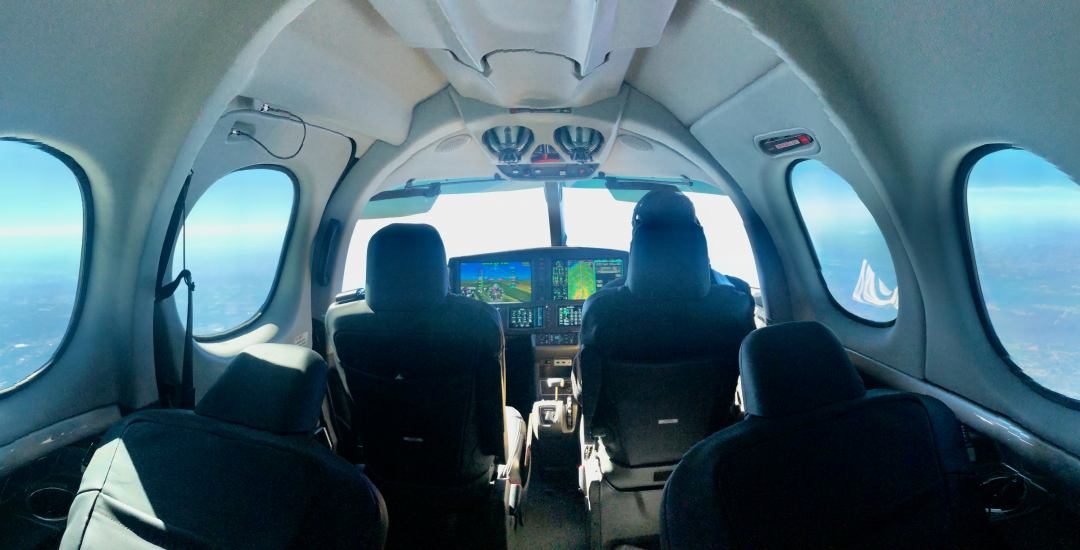
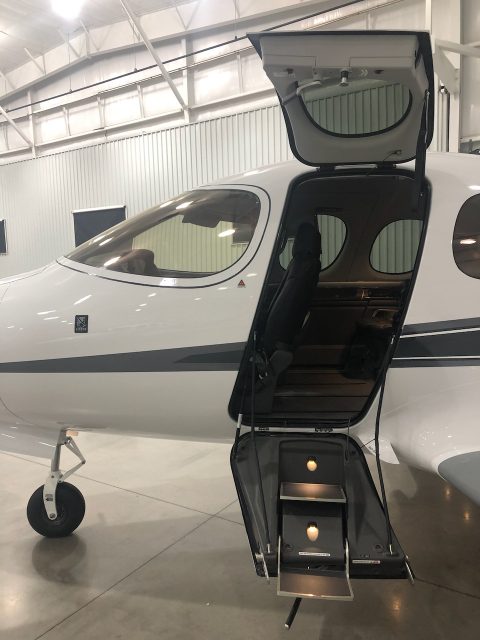
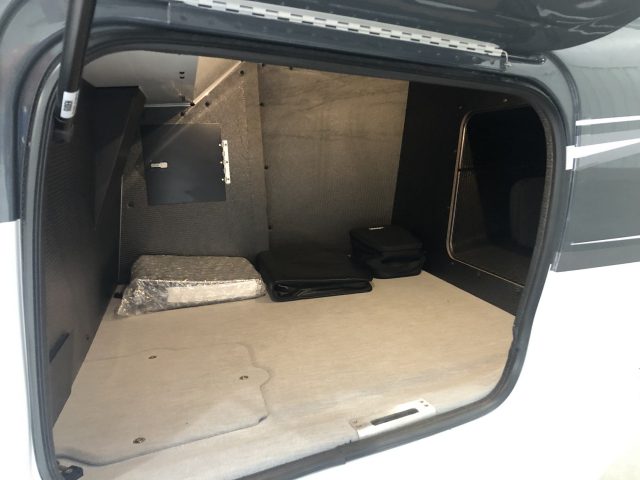
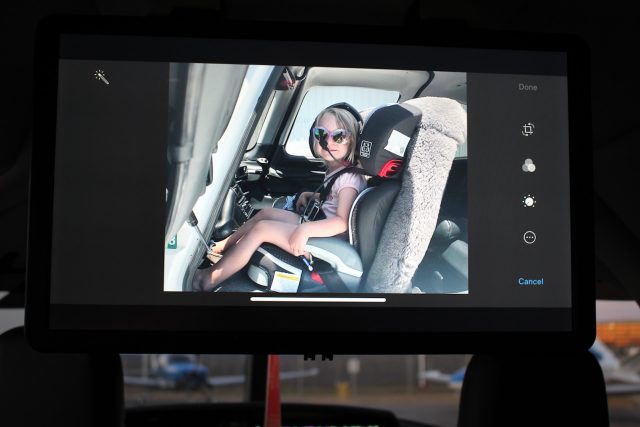
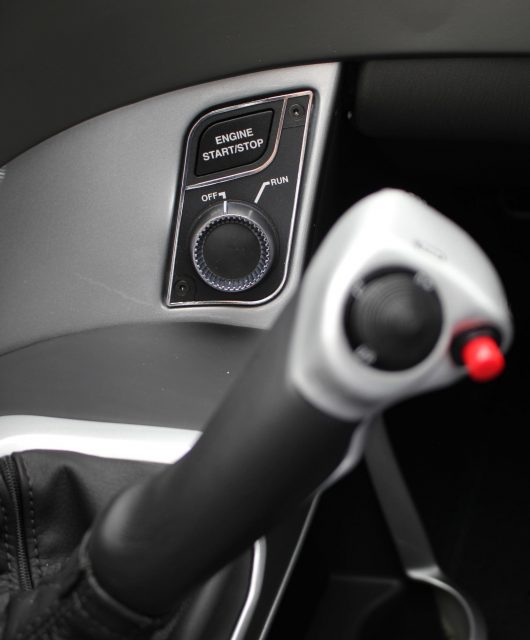
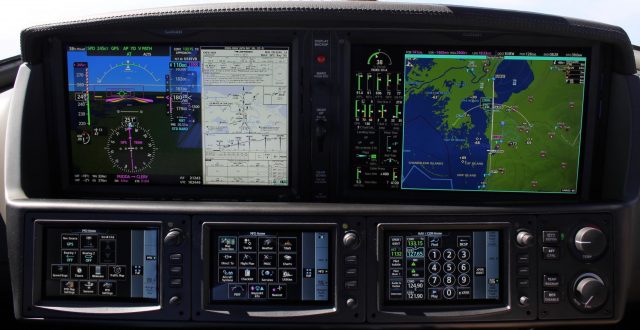
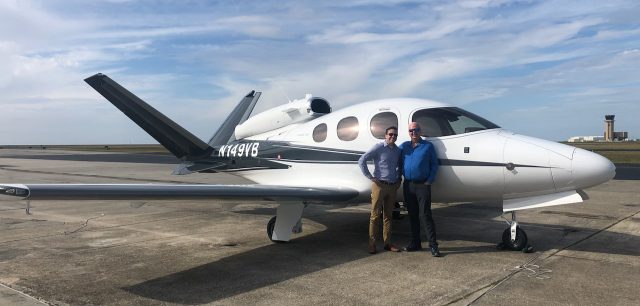
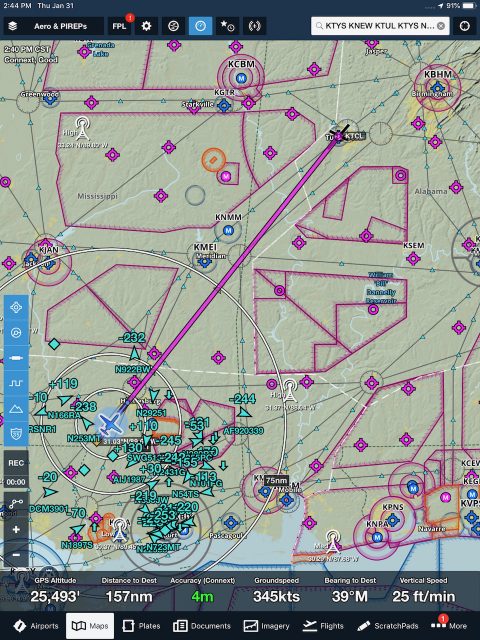
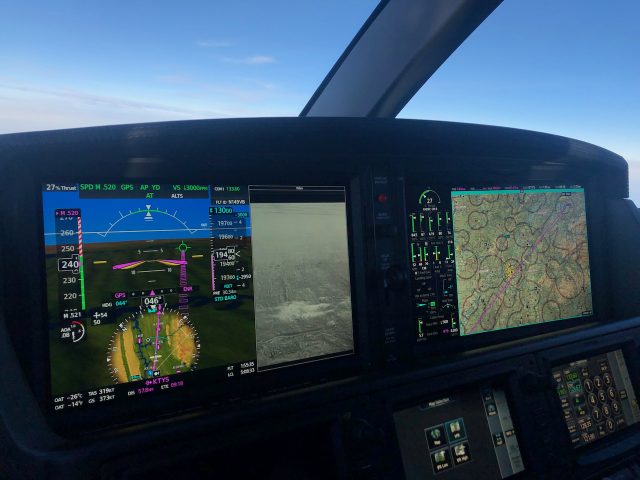
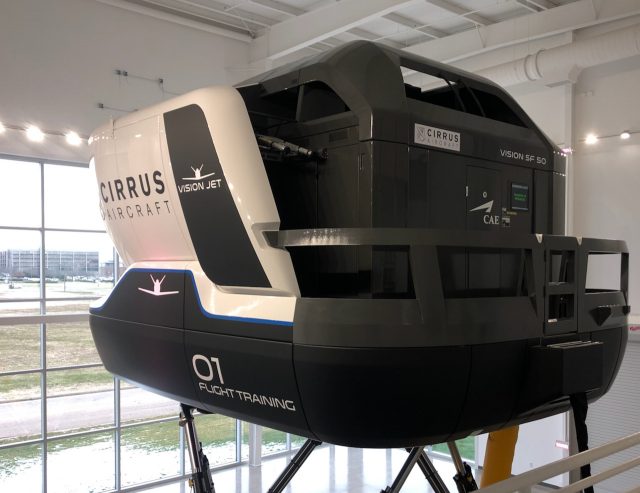
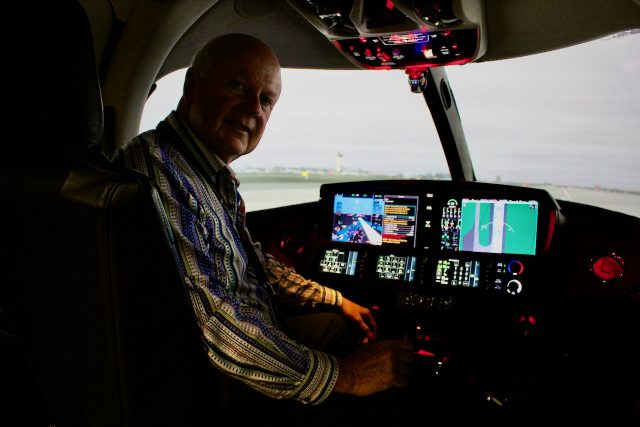
Ty for the review enjoyed the read very much, although a vision jet far exceeds my budget for flying I would love to try one out and if ever I have the funds would get one, now flying a g6 sr22, and 71 years old most likely will never happen. Don
Don, You are welcome and you still have many years of flying left! I believe there is a Vision Jet for rent with a CFI in Henderson NV, it might be fun to fly your SR22 there and try it. I have just sold one of my planes, an ’05 SR22 GTS and will probably buy another SR22. The G6 you have is awesome!
Good evening Mr. Pickett,
I am looking for some information for a research project that I am doing for Embry Riddle Aeronautical. The Aircraft I picked for my research is the Cirrus Vision Jet, and I am having a hard time finding the wing Airfoils data for this particular jet. Where could I get this information? All I have found so far is Roncz Airfoil, but it doesn’t specify what is on the Vision Jet. Thanks
Hi Dustin, I don’t have any other technical information. You may want to contact the Cirrus engineering department and see if they would share it. Most of the time, the information is proprietary.
Rich,
I don’t know if you remember me but you used to do my recurrencies in my Meridian out of Carlsbad in fact one time we flew back to my home base in Henderson and had dinner and went back to Carlsbad I currently have been flying a King Air C90GT last four years. Yes I can verify that Lone mountain in Henderson is renting a Vision Jet with the CFI and I am even contemplating going and trying it myself.
Though do I love the King Air’s space, I want for a more technically advanced flying and avionics to match. As my planes have become more expensive, faster, and higher: the avionics are inferior to my SR 22G2 which I used to fly 16 years ago.
Hi Tony – of course I remember you and your family, and your Meridian. It is good to hear from you, and thanks for confirming the availability of the Vision Jet at HND. We will have to get together in HND since I bring my Eclipse to Apex there.
Rich
I’ve read most reviews of the SF50 and have to say yours by far is the best. It was a thorough look into your experience and your love and expertise of aviation were both very apparent.
Thank you for such a great article.
Thanks, Earl, I really appreciate the kind reflection. Flying is truly my passion. Thanks for reading and be sure to check out my YouTube channel for more aviation videos, too!
Thank you for sharing this informative article about cirrus rental. I hope there are a lot of flight schools who could read this and be guided accordingly.